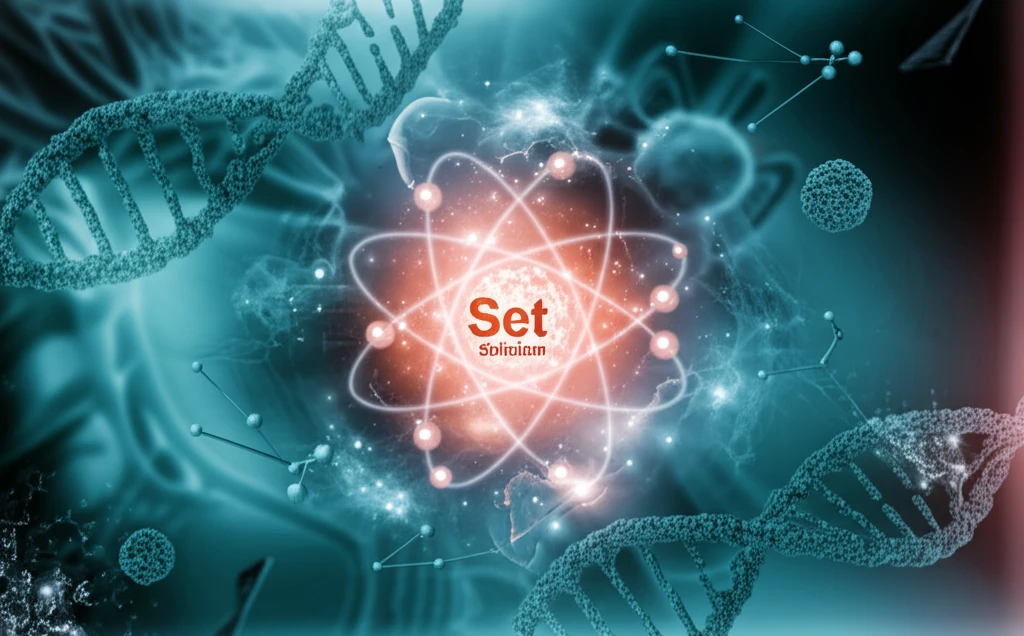
Unlock the Secrets of Selenium: The Super-Ingredient You Need for a Healthier You
"From boosting your immune system to potentially fighting cancer, understanding selenocysteine could revolutionize your health"
In the vast world of biochemistry, proteins stand as the unsung heroes, orchestrating countless functions essential for life. These molecular machines, primarily composed of carbon, hydrogen, nitrogen, and oxygen, rely on their diverse side chains to execute myriad tasks. For years, scientists believed they had identified all the key players in this protein ensemble. However, the groundbreaking discovery of selenium's presence in proteins as selenocysteine (Sec, U) introduced a new dimension to our understanding of both natural and unnatural proteins.
This revelation presented both challenges and opportunities. While researchers grappled with characterizing the roles of the twenty-five human selenoproteins, with many still remaining enigmatic, they also recognized the unique potential of Sec, the electronic cousin of cysteine (Cys, C). Like a master key, Sec offers unprecedented tools to manipulate and explore the intricate world of protein chemistry.
Selenium and selenocysteine have been explored as tools in protein folding, handles for nucleophilic modification, precursors for mimics of post-translational modifications, targets for codon reassignment, gateways to ligation of unprotected peptides at various amino acids, and windows to understanding enzyme function. The ongoing investigation of selenium chemistry in both natural and unnatural systems promises to equip chemists with novel strategies to modify and understand target proteins.
Selenocysteine: Reactivity and Selectivity at Your Service

One of the standout features of selenocysteine in protein chemistry is its low pKa value (5.2), which means it's mostly deprotonated at the body's natural pH. This makes it extremely reactive. Sec also has a lower redox potential than Cys, allowing it to oxidize more easily under normal conditions to form diselenide dimers. Furthermore, selenium’s large atomic radius causes it to be highly polarizable, enabling it to act as both an electrophile and a nucleophile.
- High Reactivity: Its low pKa allows it to react more readily at physiological pH.
- Redox Potential: Easier oxidation means more flexibility in creating modifications.
- Polarizability: Acts as both an electrophile and nucleophile, broadening the range of chemical reactions possible.
- Mimicking Modifications: Ideal for creating mimics of natural protein modifications (PTMs) like glycosylation and phosphorylation.
The Future is Bright with Selenium
From innovative cancer therapies to enhancing overall wellness, selenocysteine is poised to revolutionize our approach to health and biochemistry. As research progresses, expect even more breakthroughs that harness this amazing ingredient. The future of protein chemistry and personalized medicine looks incredibly promising, all thanks to the unique properties of selenium. The story of selenium and selenocysteine is only just beginning, and its potential to transform our understanding of life and health is truly remarkable.
